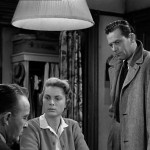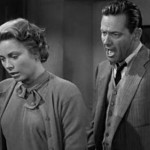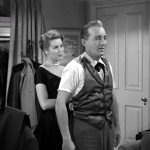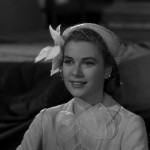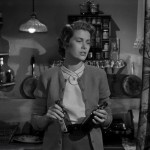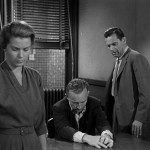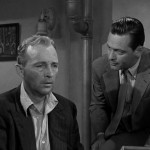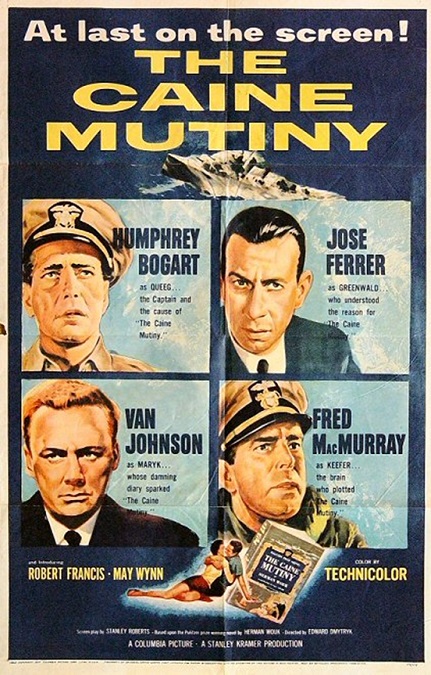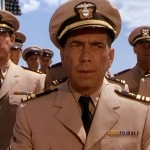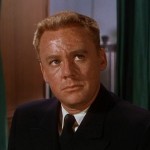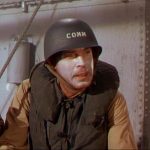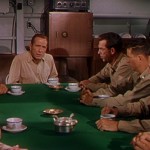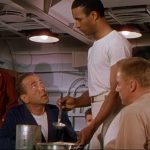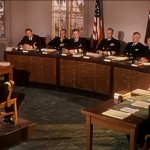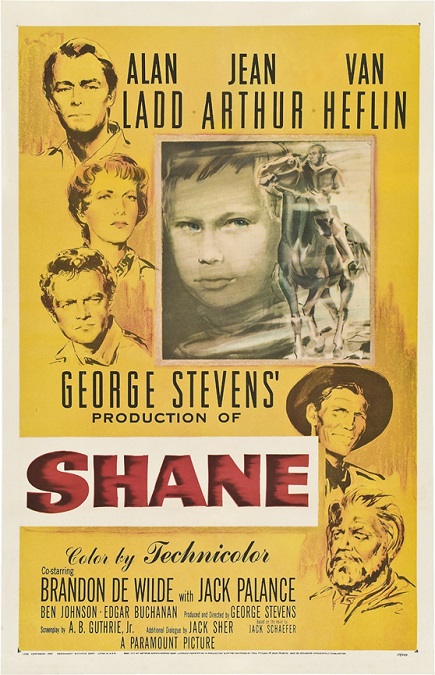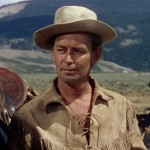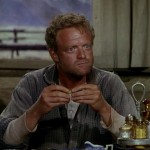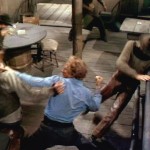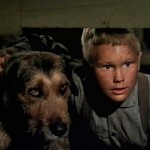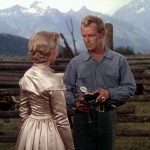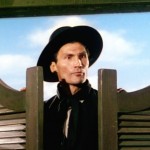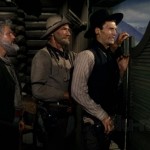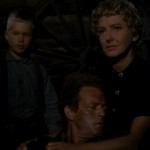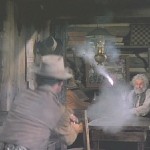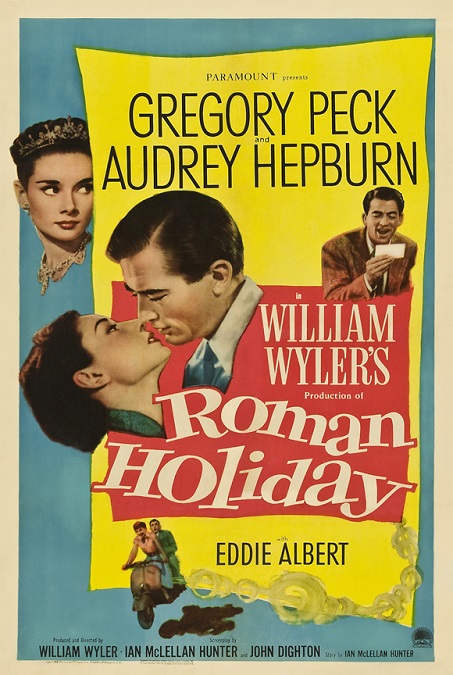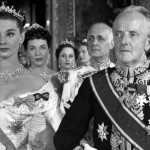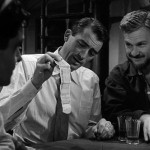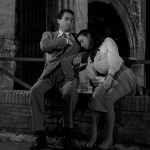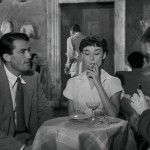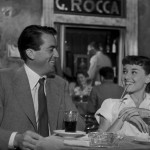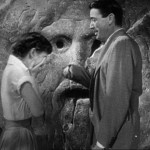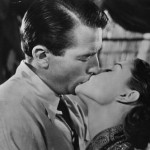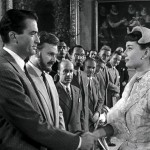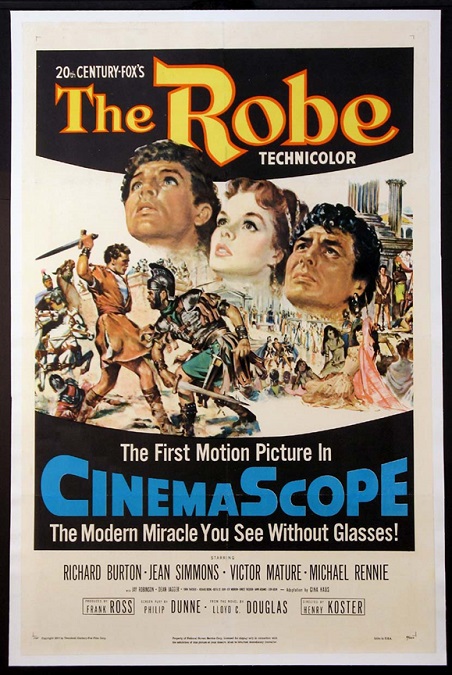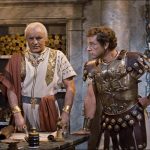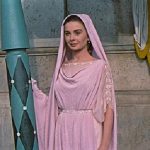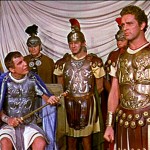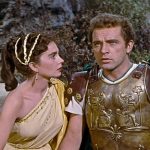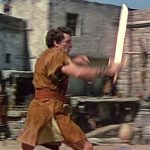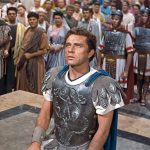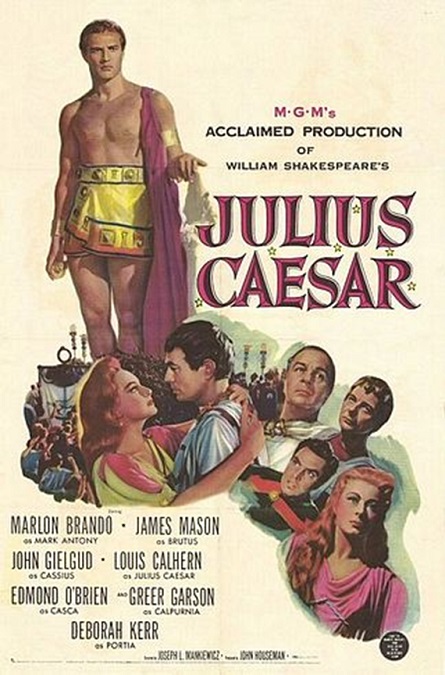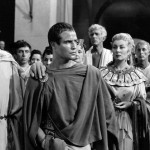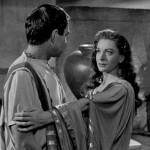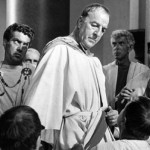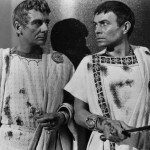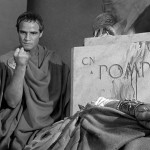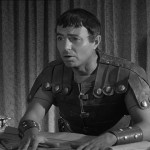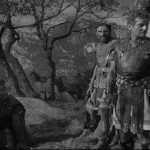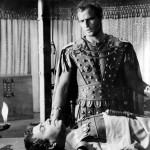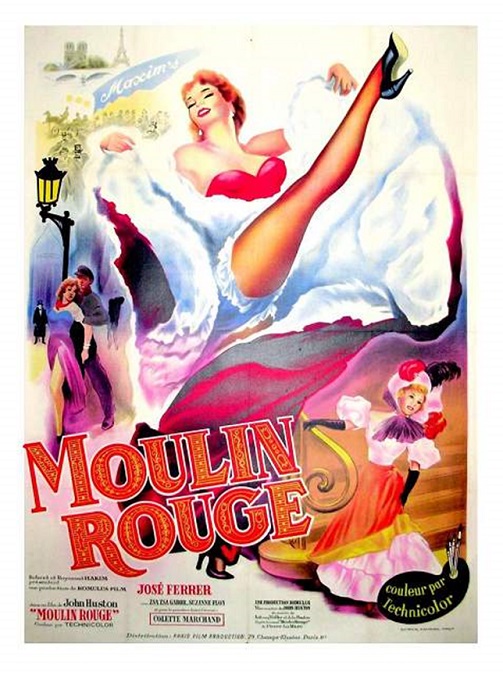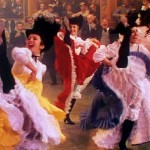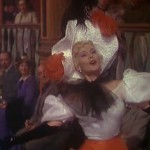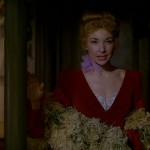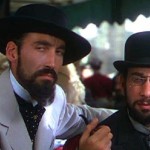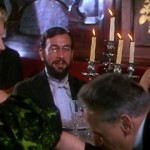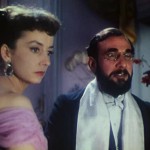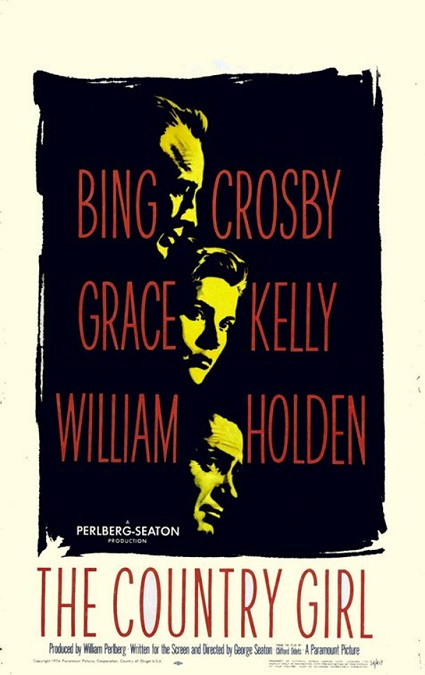
The Country Girl – 1954
Wow. This movie was a complete surprise. It was complex on multiple levels and well written. But it wasn’t those qualities that made it stand out to me. It was the acting, specifically, the acting of Bing Crosby. I have only seen him in light hearted and wholesome films like Going My Way, White Christmas, and The Bells of Saint Mary’s. But here he plays a character that completely went against the kind of character he is normally known for, and he knocked it out of the park.
The film also starred Grace Kelly and William Holden, both of whom did a fantastic job, themselves. The story was about an actor who was once on the top of the heap, but whose star had fallen. Stage play director Bernie Dodd, played by Holden, is in desperately in need of a leading man for his new show. He chooses washed-up star Frank Elgin, played by Crosby. But along with his star, he gets Mrs. Georgie Elgin, played by Kelly.
Frank is an alcoholic who is making an effort to revive his career. But it is Georgie who seems to be the greatest driving force behind his comeback. Bernie is a bit of an ass who thinks that Georgie is ruining everything because of her controlling ways. He forces her away from Frank, not understanding that she is the only thing holding the man together.
Then Frank’s web of lies, the lies of an alcoholic, begin to emerge. Crosby created a character with two faces. One was the delightful facade of a man who has everything under control, blaming his wife for his own failures. The other is the pathetic self-hating monster who mentally abuses his loving wife, despite her efforts to help him.
The dichotomy is fascinating to watch. Screenwriter George Seaton won an Oscar for adapting Clifford Odets’ popular 1950 stage play. He mislead me as the viewer and kept me guessing where the lies ended and the truth began. The moment when the lies are all revealed is like a relief. The real reasons for Frank’s alcoholism and his failed career are all brought to the surface. The tragic death of his son, for which he blames himself, would be enough to drive any man to drink.
But the drama goes even deeper than that. Frank’s secrets are just the most obvious ones. Both Georgie and Bernie have their own secrets to spill before the film is over. Georgie is tired of being the strong one in her marriage when all her efforts get her is blame and abuse. She has reached a breaking point and is ready to walk out on her husband. Bernie, impressed with Georgie’s fortitude and endurance, has fallen in love with Georgie.
The subplot of the prospect of romance between Georgie and Bernie becomes the main plot as the film draws to a close. I use the word “prospect” because aside from a stolen kiss, they never cross the line of adultery. Georgie is seduced by the feeling of real romance in her life. Bernie only has to wait until Frank is a success on stage so that Georgie can leave him.
But what I loved about the ending is that it kept me guessing. Frank has gotten control of his life once more but is not so blind that he can’t see what is going on, or at least what is not going on, between his wife and his director. He knows that there is no changing how he has treated Georgie and is willing to walk away so that she can have a chance at happiness. Who will Georgie end up with in the end?
Well, I am happy to say that the answer to that question satisfied me as both believable and appropriate. All three actors did a fantastic job. Kelly took home the Oscar for Best Actress while Crosby was nominated. My research told me that Crosby would have won if not for Marlon Brando’s phenomenal performance in On the Waterfront. This was a good movie with a wonderful script. It is a story that could be told just as effectively today as in the 1950s. But for me, it was Crosby’s incredible performance that surprised me the most. I never knew he had ever taken on such a dramatic role with so much depth. Well done, Bing!
